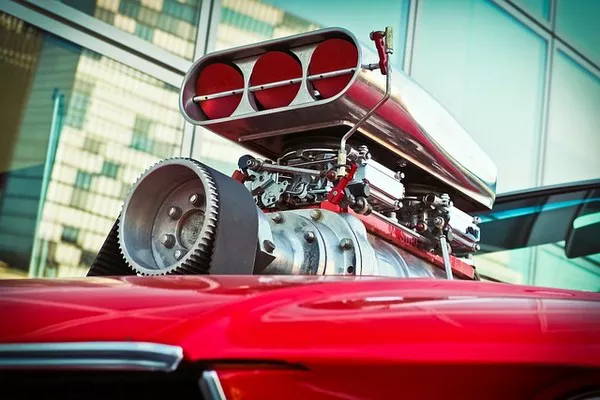In the realm of artistic expression and precision, airbrushing has emerged as a versatile and innovative technique. The seamless blending of colors, delicate detailing, and intricate designs made possible by airbrushing have captivated professionals and hobbyists alike. However, the harmony of the creative process can be disrupted by the noisy hum of airbrush compressors. This article delves into the pursuit of the quietest airbrush compressor, exploring the significance of a noiseless environment and unveiling options that harmonize artistry with tranquility.
The Significance of Silence
For artists, the creative process is a deeply immersive experience, requiring focus, concentration, and a connection with the artwork. The auditory environment plays a pivotal role in nurturing this experience. The incessant drone of a noisy airbrush compressor can be a jarring interruption, hindering the artist’s ability to fully immerse themselves in their craft.
Moreover, consider the context of shared studio spaces, classrooms, or home settings. Noise pollution not only affects the artist but also their surroundings. The quest for a quiet airbrush compressor extends beyond personal comfort to encompass creating an environment conducive to collaboration, learning, and a harmonious coexistence.
Criteria for Quietness
Determining the quietest airbrush compressor involves assessing various technical aspects. The most significant factor is the decibel (dB) level of the compressor’s operation. Decibels quantify sound intensity and can range from a gentle whisper (around 20 dB) to a jet engine (around 140 dB). A compressor’s noise level is typically indicated in its specifications, helping artists make informed choices based on their noise tolerance.
The design of the compressor also influences its noise output. Compressors with advanced insulation, vibration dampening mechanisms, and optimized airflow tend to operate more quietly. In addition, the type of compressor—whether piston, diaphragm, or rotary vane—affects noise levels.
Exploring Quietest Options
1. Iwata Smart Jet Pro:
Revered for its whisper-like operation, the Iwata Smart Jet Pro boasts noise levels as low as 35 dB. Its oil-less piston motor and smart technology contribute to its hushed performance. The Smart Jet Pro is often a favorite among artists seeking tranquility without compromising airbrushing quality.
2. Sparmax TC-501N Windstorm:
This diaphragm compressor offers a sound output of around 40 dB, providing a serene airbrushing experience. The Windstorm’s compact design and durable construction, coupled with its quiet operation, make it an appealing choice for both beginners and professionals.
3. SilentAire Super Silent 20-A:
With a decibel rating hovering around 40 dB, the SilentAire Super Silent 20-A lives up to its name. Its sleek and portable design, combined with its minimal noise output, appeals to artists who require a dependable companion for their creative endeavors.
4. Badger Aspire Pro Compressor:
Emitting a gentle hum at around 47 dB, the Badger Aspire Pro Compressor offers a balance between performance and quietness. Its user-friendly features and moderate noise levels make it an ideal choice for artists seeking an airbrush compressor that complements their workflow.
5. NO-NAME Silent Compressors:
A variety of lesser-known brands offer airbrush compressors that prioritize quiet operation. These silent compressors, often hovering around 40-50 dB, can provide a budget-friendly option for artists who value tranquility.
Harmonizing Artistry and Tranquility
Selecting the quietest airbrush compressor is a subjective endeavor, shaped by an artist’s individual preferences and creative requirements. A key aspect to consider is the level of noise tolerance. Some artists may be highly sensitive to noise and require compressors that operate at near-silent levels, while others may find slightly higher noise levels acceptable if the compressor delivers exceptional performance.
Furthermore, evaluating the workspace environment is crucial. Artists sharing a studio or working in noise-sensitive settings, such as residential areas, must consider the impact of their equipment’s noise on others.
As the demand for quiet airbrush compressors continues to grow, manufacturers are investing in innovative technologies to reduce noise output while maintaining optimal airbrushing performance. From advanced insulation to refined motor designs, these advancements contribute to the development of compressors that seamlessly blend artistry with tranquility.
In conclusion
the quest for the quietest airbrush compressor embodies the essence of harmonizing creativity with serenity. For artists seeking to dive into their artistic journeys without the interruption of noise, a range of options awaits. Balancing technical specifications, noise tolerance, and artistic requirements will guide artists toward a compressor that empowers their craft while fostering a tranquil atmosphere for artistic exploration and expression.


